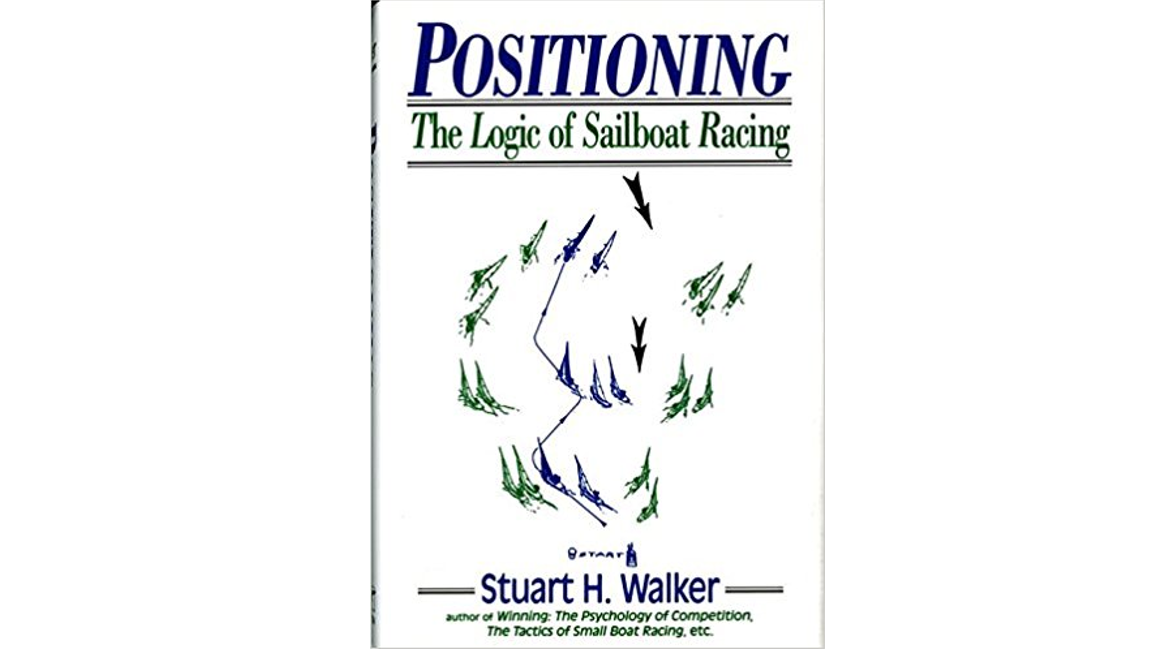Ducking another boat is something you don’t want to do often. As Stuart Walker says, “Don’t let ’em cross.” But sometimes a duck can give you a strategic or tactical advantage, especially if it’s well-executed.
In this article, we’ll cover the expert wisdom on ducking, including when to duck, how to execute, and some important cautions. We got our tips from Championship Tactics, by Gary Jobson and Tom Whidden, North U’s Performance Racing Tactics, by Bill Gladstone, Winning in One-Designs, by Dave Perry, and Ducking Another Boat Upwind, by Dave Dellenbaugh (Sailing Breezes).
Watch and Think Ahead
How many times have you been daydreaming on port and were surprised by the close appearance of a starboard tack boat? Better to spot things early and make a good decision. For help on preventing daydreaming. see our post The Sailing Cycle: Manage Your Thought Process. For help on decision-making, see Make Better Decisions: Speed and Smarts.
Can You Cross?
If you’re on port tack approaching a starboard tacker, first determine if you can cross safely. If so, and you’re going the right way, go ahead and cross. Or, to play defense, you might cross and then tack to cover.
Here’s how to tell if you can cross:
- If the starboard boat is more than 45 degrees (or your boat’s tacking angle) off your centerline, you can probably cross. See our post on Ladder Rungs for details.
- If the starboard boat is losing bearing to your position, you can probably cross.
Options if You Can’t Cross
You have three options if you can’t cross:
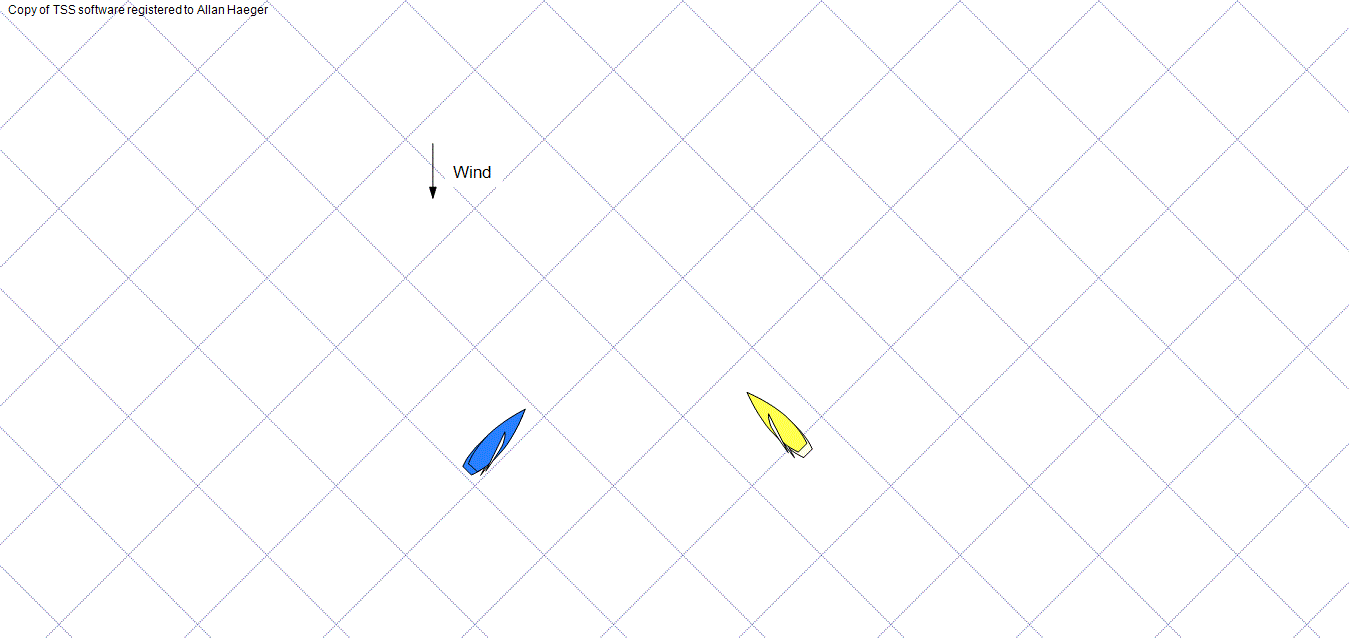
Tack early. In a crossing situation, one of the boats is going the right way. Maybe it’s the starboard tacker! Tacking early might get you back in phase with the shifts, or send you to the favored side, without affecting the starboard boat.
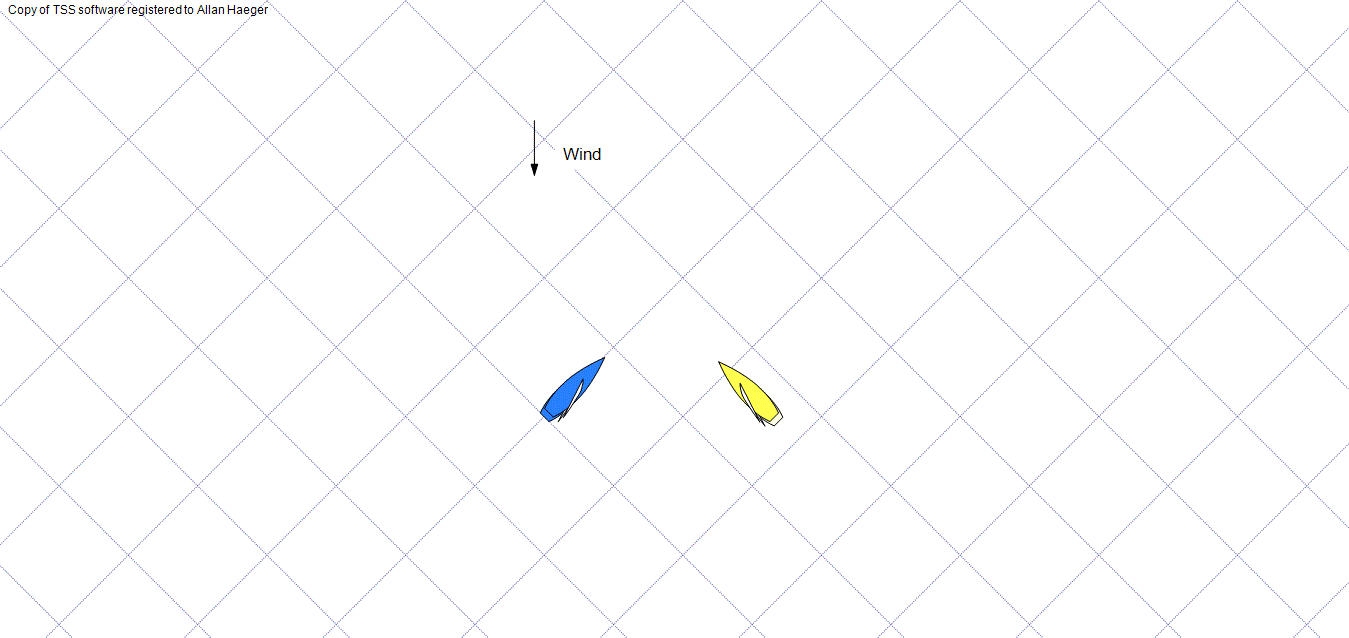
Lee-bow. Maybe you want to slow the starboard tacker, or force her to tack. If so, tack just ahead and to leeward. See our post on Keeping Your Lead, Part 2: Covering Tactics on the Beat.
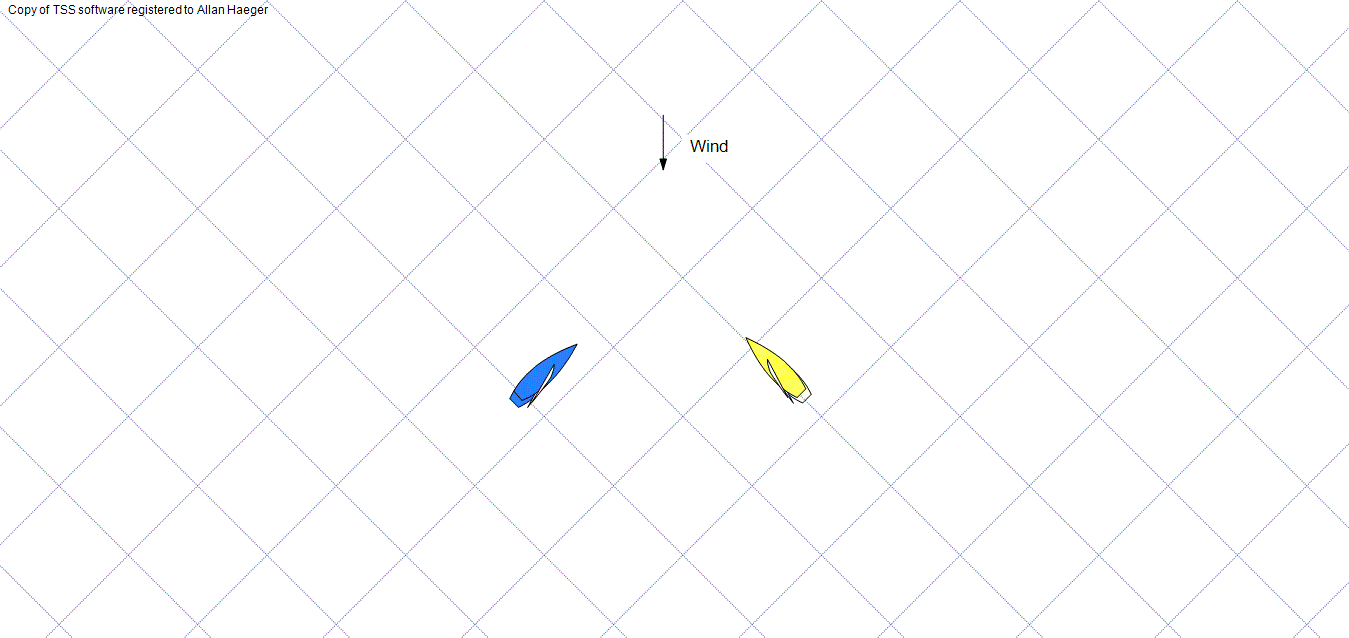
Duck. If done right, you don’t lose much by ducking, and may gain an advantage because:
- You carry extra speed into and after the duck
- There is slight lift when sailing behind a starboard boat
- You will have starboard tack advantage next time you cross
When Might You Choose to Duck?
Here are some situations where ducking might be advantageous.
After the Start
You may want to tack to port and duck boats if you’re buried or in the bad air of a few boats after the start. Sailing on port is often the quickest way to clear your air. See our post Upwind Strategy and Tactics – Sail in Clear Air for more details.
Don’t duck if the need to continue on starboard is critical, or if you have to take too many deep ducks.
Gain a Strategic Advantage on the Beat
On the beat, your strategy will determine whether ducking is appropriate. Here are three strategies in which ducking is the better choice.
- In a persistent shift, the strategy is to sail toward the shift until you reach the ultimate layline. If you have to duck other boats to get there, then do it.
- With one side of the course advantaged, due to more wind or a geographic shift, the strategy is to sail to the advantage, ducking other boats as necessary.
- In oscillating shifts, the strategy is to sail the lifted tack toward the next shift. If you’re on the lifted tack, duck other boats and continue.
If none of these conditions exist, Stuart Walker’s maxim, “Don’t Let ’em Cross” is good advice.
Gain a Tactical Advantage
A duck can give you a tactical advantage in several situations. Here are two examples:
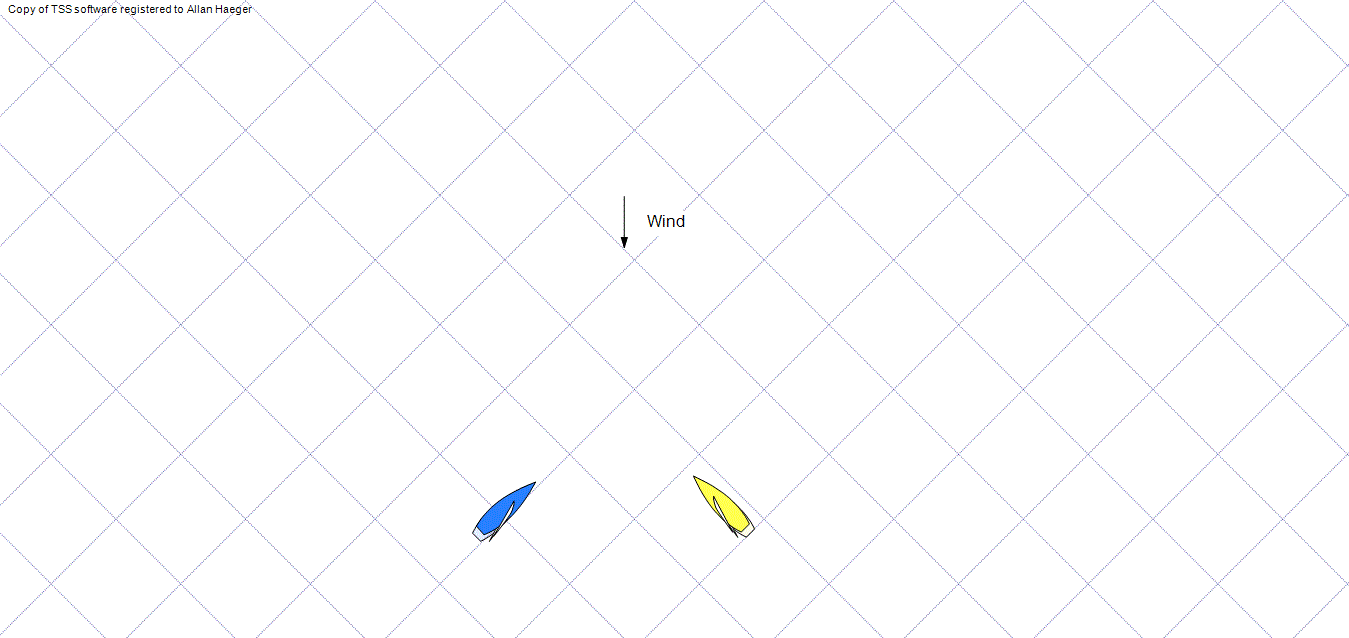
Near the finish, when you want starboard advantage at the next crossing.
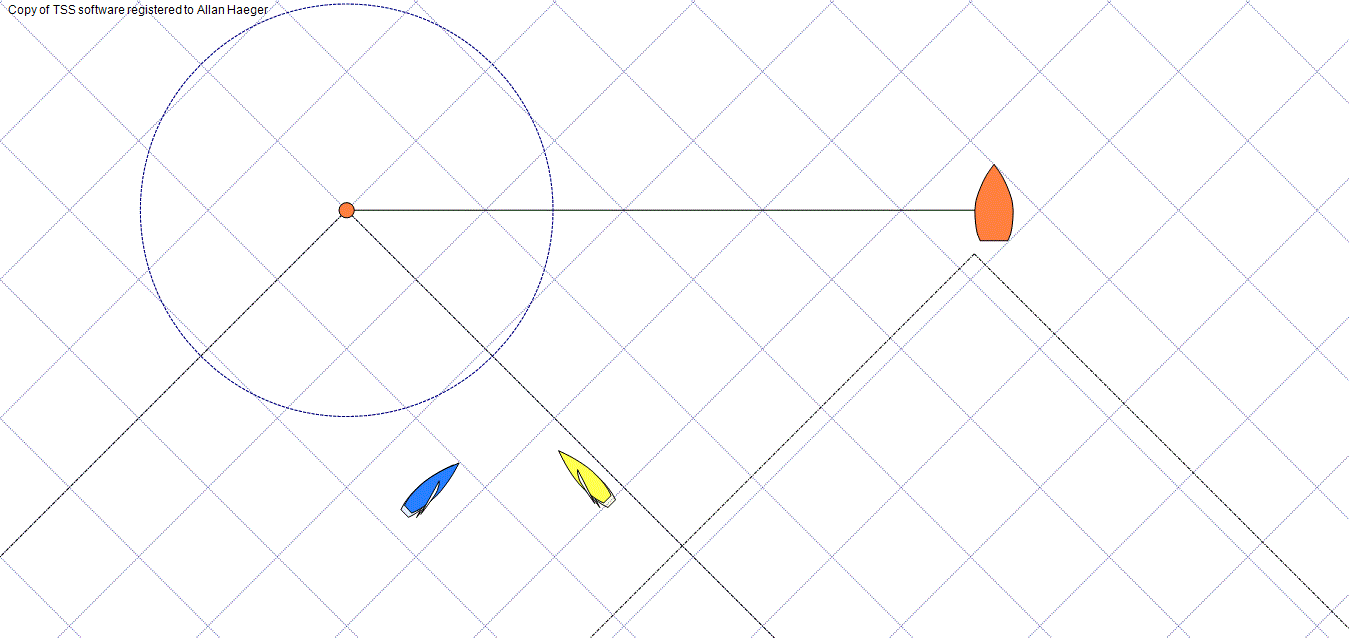
Near the laylines to a mark, if the starboard tacker is not on the layline. A quick duck and tack will prevent the starboard tacker from fetching the mark.
The Art of the Duck
In executing the duck, you want to lose as little distance to windward as possible, take advantage of additional speed, and avoid having the starboard tacker gain a tactical advantage.
Communicate if Needed
You may want to alert the starboard tacker of your presence, especially if they don’t see you or if you want to prevent them from tacking as you duck. If so, simply wave to them or hail something like “hold your course. ” This hail has no standing in the rules, but might prevent them from tacking too close.
Make a Smooth Turn
The goals for the turn are to maintain speed and lose as little little distance as possible. To execute the turn:
- Begin early, when you are 3-5 boat lengths from the other boat.
- Don’t sail below a close reach.
- Hike hard to keep the boat flat and assist the turn.
- Point your bow to the where the other boat’s stern will be when you cross.
Maintain Sail Trim
In order to increase your speed as you turn down, you’ll have to adjust your sail trim.
- Ease your main and jib
- Ease your vang, if needed, to prevent capsizing if you bear off too far in a big puff
- Watch your telltales to fine tune your trim
Head up to Close-Hauled
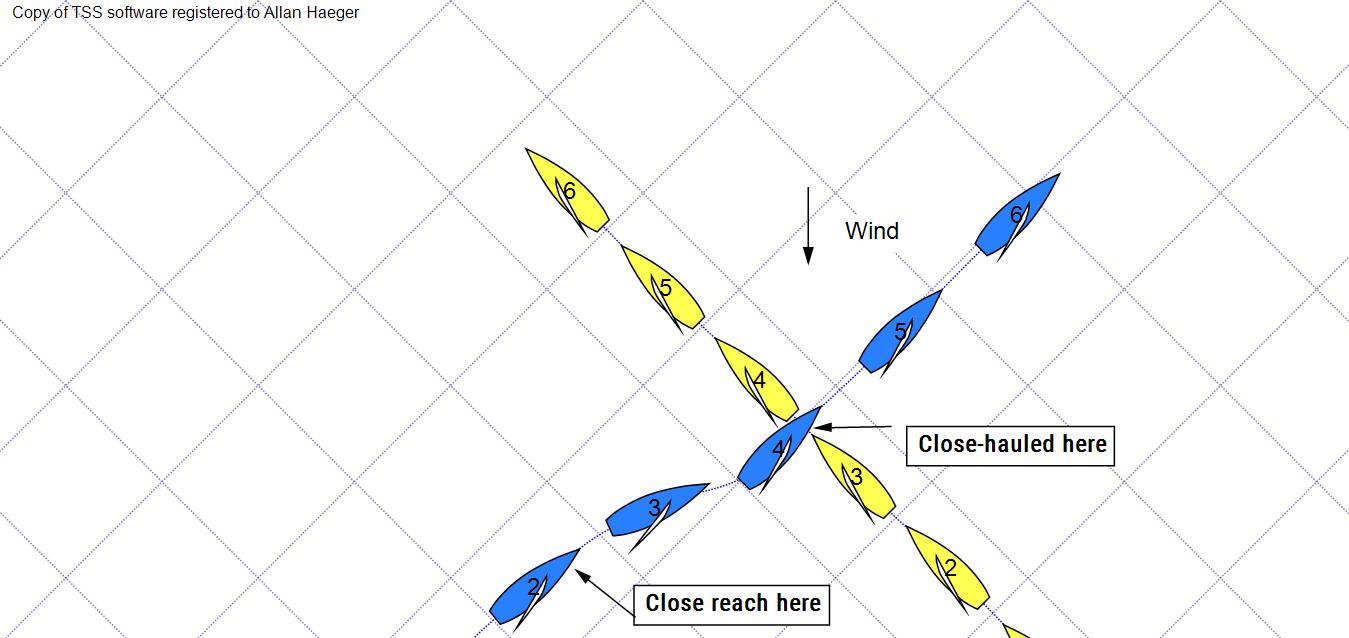
The ideal course is to be back at close-hauled when you reach the other boat’s transom, not after. Start your turn up and trimming early enough to accomplish this. This minimizes the distance lost and maximizes the lift you get from the deflection of the air off the starboard boat’s sails.
If you think the starboard tacker might try to tack as you are ducking, try what Dave Dellenbaugh calls a defensive duck. Aim at the other boat’s mid-ships and head up to close hauled after clearing her transom. This makes her delay the tack, since she can’t change course without hitting you.
Cautions
Ducking can get you into trouble, so watch out for the following.
Indecision/Late Turn
Don’t wait until the last second to decide. You’re more likely to be out of control and collide or capsize. Consider the following:
- If you start your turn late and can’t ease sheets, you may not be able to turn fast enough to avoid a direct collision.
- Even if you can make the turn late, you risk sailing along the other boat’s beam and your masts may collide. You could avoid this with extra heel if you react quickly.
- If you’re not ready to ease your vang, you may capsize in a big puff.
Slam Dunk
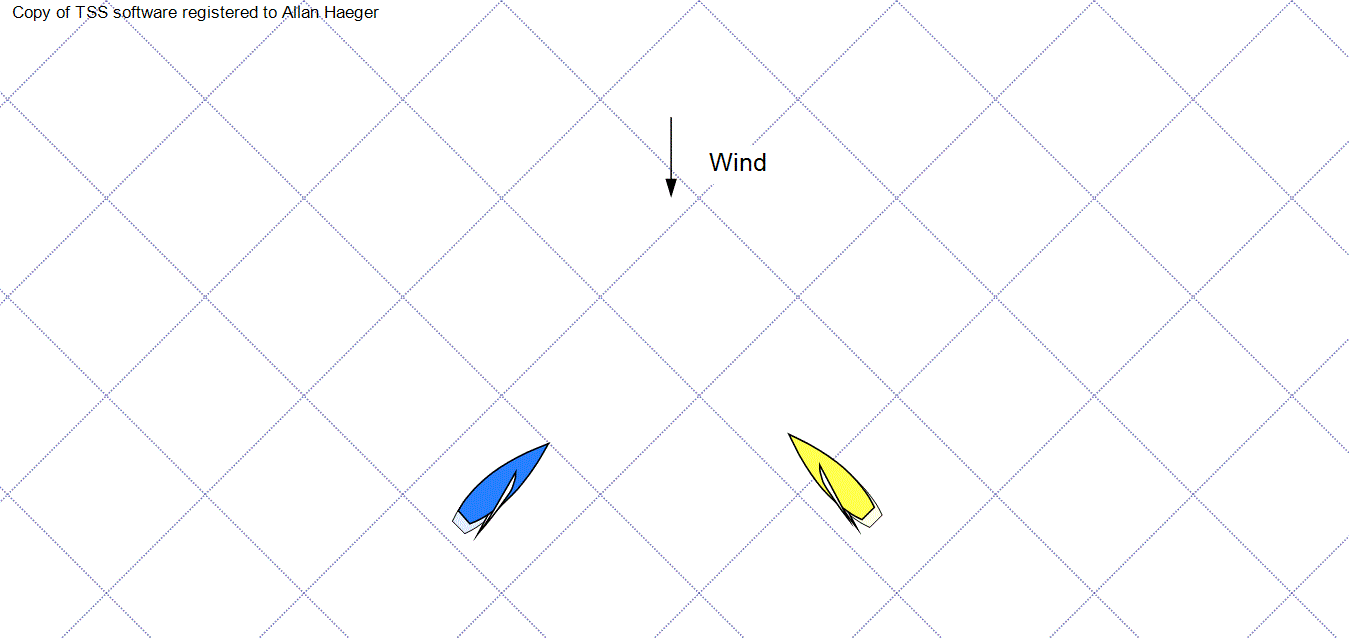
If the other boat wants to control you, she could execute a slam dunk, tacking as you duck and pin you in bad air. This is a rare move, except in match racing. You can talk to the other boat to try to prevent this.
Here’s a courageous move to react to a slam dunk. If the other boat starts to tack as you clear her transom, start your own tack and get head to wind quickly. Rule 13 states that after a boat crosses head to wind she shall remain clear of other boats until she is on a close-hauled course. The rule also states that if two boats are subject to this rule at the same time, the one on the other boat’s port side shall keep clear.
Cross, Tack, or Duck – Ask the Right Questions – SailZing.com




